6 Mistakes You're Making While Using Your Microwave
Advertisement
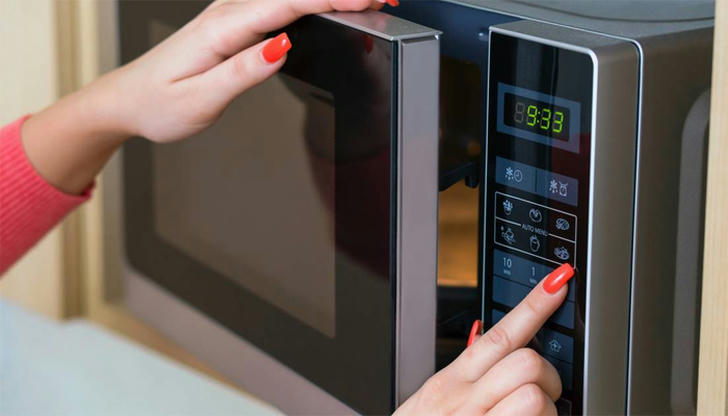
For people like us living in the ever-changing world, there’s nothing better than Microwaves that offer a one-size-fits-all solution for getting a meal on the table in such a short amount of time. However, the art of microwaving is about more than just pressing the “popcorn” button. You may find yourself making mistakes with your microwave after all these years.
To help you avoid these mistakes, we’ve put together this guide that covers the 6 most common mistakes you’re making while using your microwave. With this guide, you can make sure you’re using your microwave correctly and getting the best results.
You only use the highest power setting
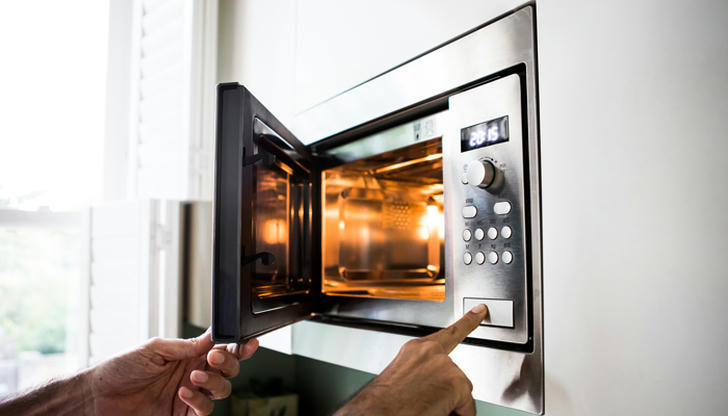
One of the biggest mistakes people make while using their microwave is only using the highest power setting. This can cause your food to be unevenly cooked, leaving some parts overcooked and other parts undercooked.
At lower power settings, your food can be cooked more evenly and with increased flavor. Not only does this help to prevent overcooking, but it also helps to preserve the nutritional value of the food.
You're using just any plastic container
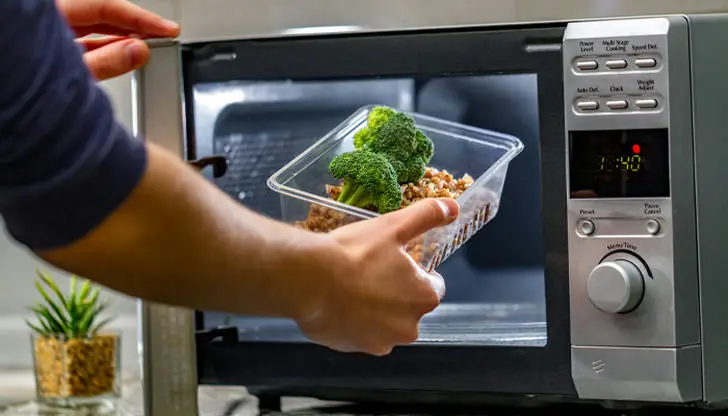
It is essential to ensure that the containers you are using are specifically designed for use in microwaves and not just any plastic or take container. Using plastic containers to store and heat food in a microwave can be extremely dangerous.
The materials from which plastic containers are made can release toxic chemicals once microwaved, which can leach into food when heated, leading to potential ingestion of these dangerous chemicals. Instead, opt for glass or other microwave-safe containers when nuking your leftovers.
You're covering food with plastic wrap
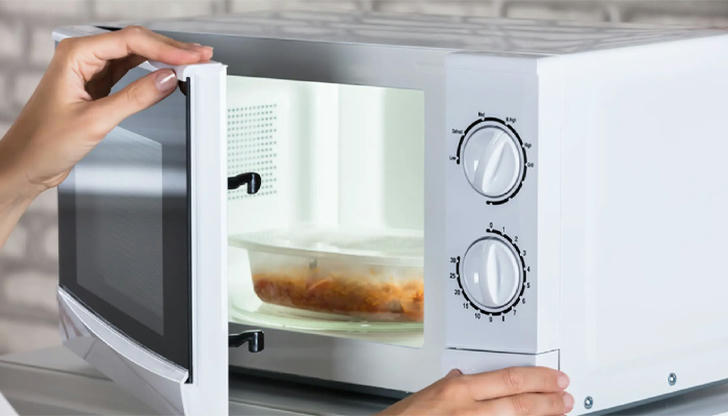
You should never cover your food with plastic wrap when using microwave. When plastic wrap is heated in the microwave, harmful chemicals such as phthalates can get into your food and present a risk to your health. In addition, as the plastic wrap could melt and fuse together, it is actually a potential fire hazard. It is best to use an alternative material like foil or parchment paper for covering food in the microwave, as well as preventing splatters.
You're using it defrost meat
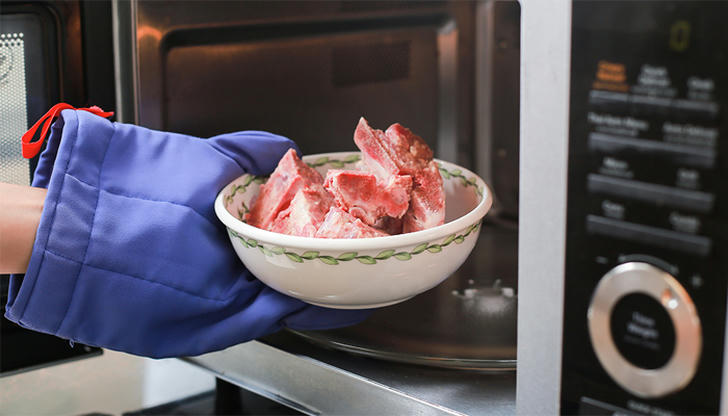
We’ve all been there: defrosting raw meat takes a long time, so we are tempted to just toss the meat in the microwave. However, it can be hazardous to thaw meat outside of the refrigerator. This is because microwaves warm food erratically, so certain areas of the meat become cooked while others remain iced. This is not only a recipe for inconsistent cooking, but it also has the potential to cause the growth of dangerous microbes.
As the sections that have been heated linger in the "danger zone" (the temperature in which bacteria multiply most effectively), the other parts are still in the process of being defrosted, which gives these bacteria more time to spread. To thaw meat quickly and safely, place it in a sealed plastic bag and submerge it in cold running water. The water should be changed every 30 minutes to ensure it stays cold and to prevent bacteria from forming. Alternatively, if you have the time, you can place the meat in the refrigerator overnight. This method is slower than the cold water method but can be done safely.
You're not cleaning it enough
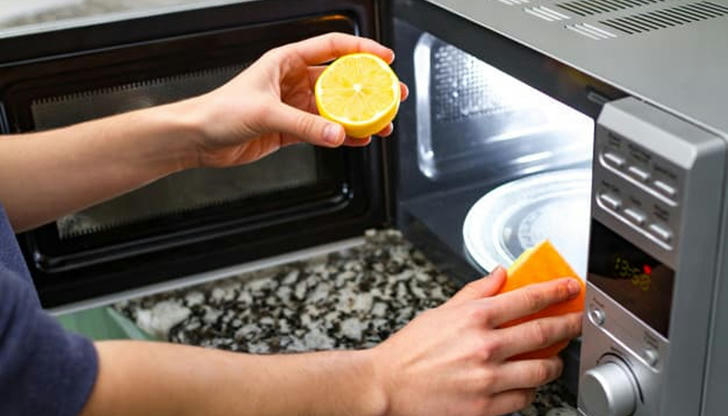
Most of us only wipe down the inside of a microwave when something has spilled in it. It is recommended that you clean it more often, about once a week, to ensure there are no food particles or odors lingering in the interior. This will also help to keep your microwave functioning optimally and maintain an efficient and hygienic kitchen environment in your home.
To effectively eliminate bacteria, you can fill a microwave-safe container with water and add some lemon slices or white vinegar. Then, it should be microwaved on high for a few minutes (at least three) until the window fogs up. Afterward, wipe down the inside with a moist cloth or paper towel and the keypad with a microfiber cloth.
You’re using it heat up raw eggs in their shells
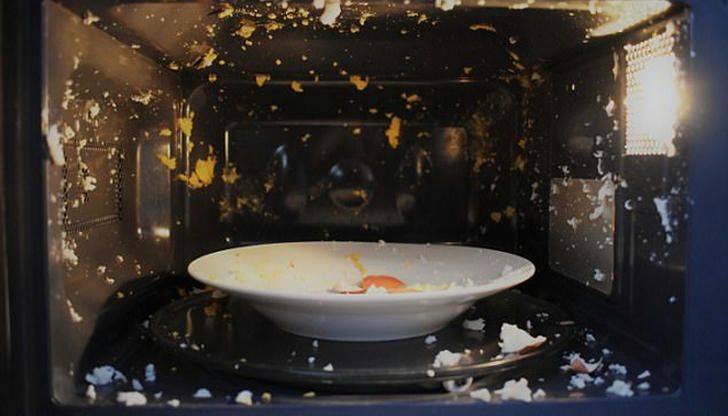
You need to be extra careful when heating up eggs in their shells. It is important to remember to prick the shells before you put them in the microwave and cook on a low setting, as this will allow steam to escape and prevent the egg from exploding. If you forget to do this, you could end up with a big mess and an even bigger cleanup job. Additionally, egg explosions can be dangerous due to the hot liquid that erupts from the shell,



